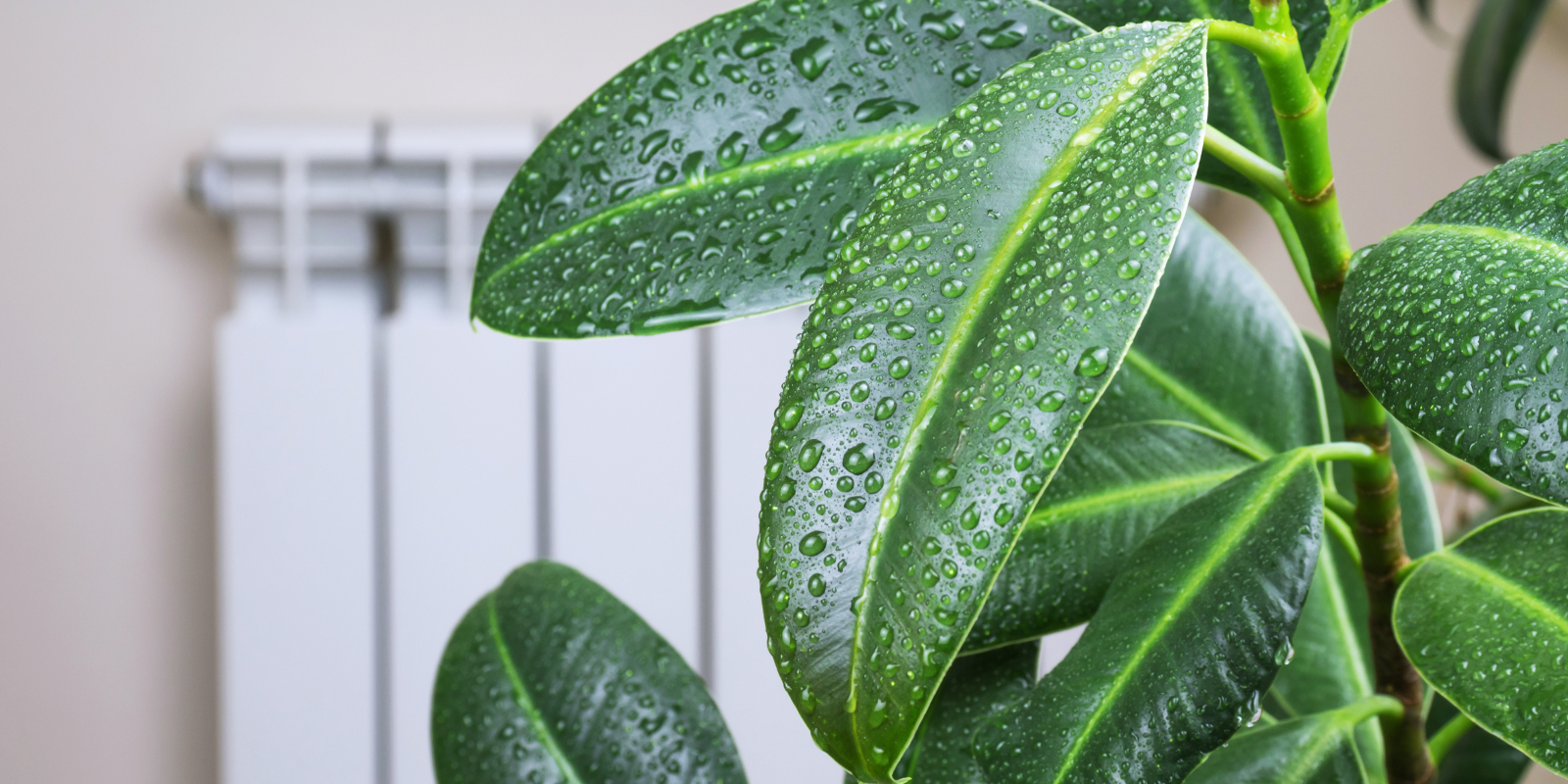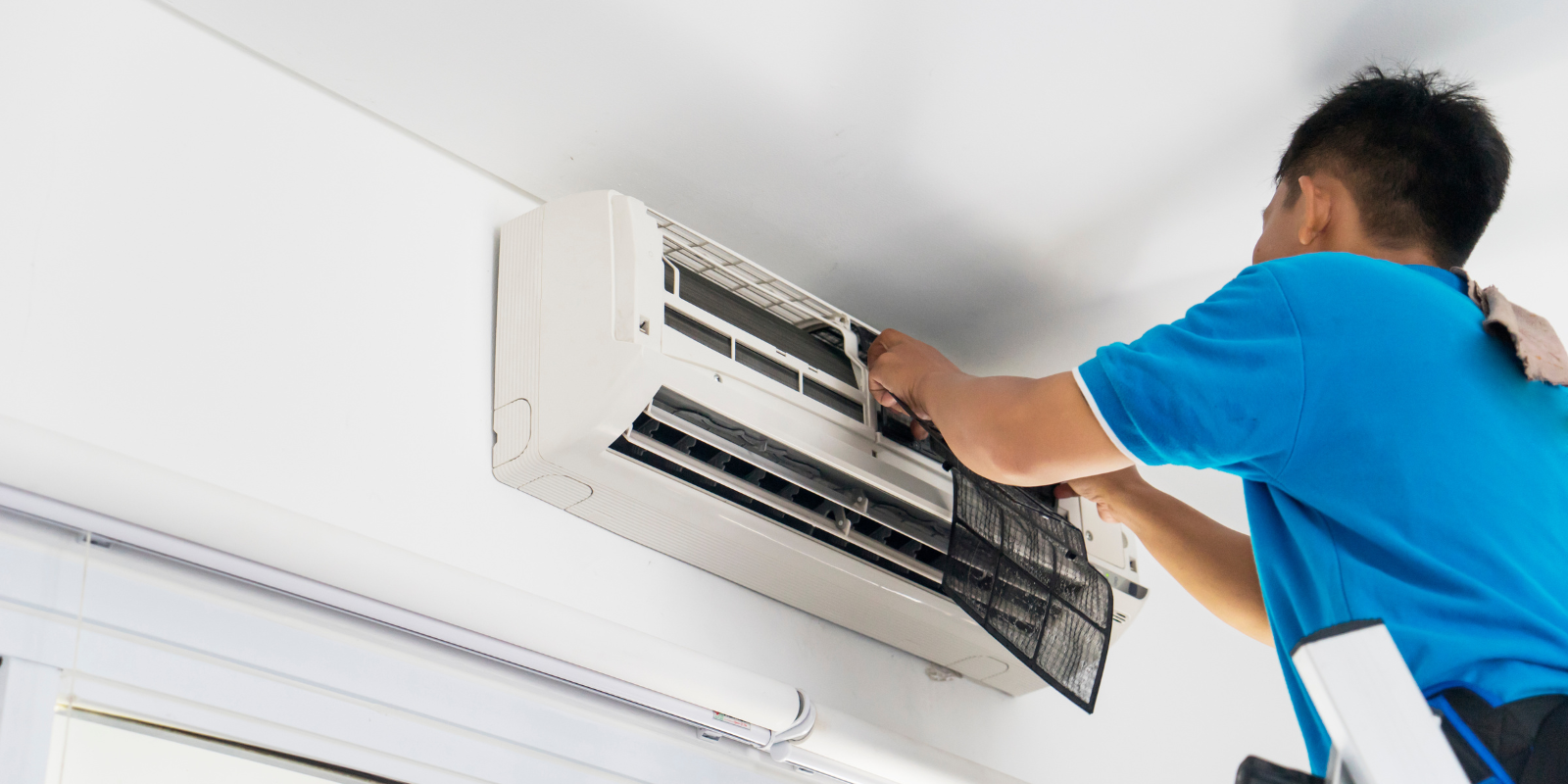
In the Northeast, summer brings more than just heat—it brings thick, lingering humidity that can turn even the most well-conditioned homes into sticky, uncomfortable spaces. And while central air conditioning is designed to cool and dehumidify, many homeowners are surprised to find that their systems can’t keep up with the damp air. So why does humidity still creep in—and what can you do about it?
Humidity in the Northeast: A Different Kind of Challenge
Unlike dry heat in other parts of the country, summer in the Northeast is typically marked by high dew points and persistent moisture in the air. Homes in this region often face:
- Extended periods of high outdoor humidity
- Frequent rainstorms and heavy summer precipitation
- Older construction and insulation that allows moisture infiltration
Even with central air, that outdoor air can find its way inside—and your HVAC system may not be equipped to fully handle the load.
How Central Air Handles Humidity (And Why It Might Not Be Enough)
Air conditioners naturally remove some humidity as they cool, but they’re not true dehumidifiers. When a system is oversized, it cools the home too quickly without running long enough to pull moisture from the air. When a system is undersized, it runs constantly and still can’t catch up.
Here are a few common reasons your central air might not be keeping humidity under control:
- Short cycling due to oversized units
- Undersized ductwork reducing airflow efficiency
- Clogged or old filters restricting proper air movement
- Poor home insulation allowing humid air to seep in
- Basements and crawl spaces acting as moisture traps
Warning Signs Your AC Isn’t Managing Humidity
If your home feels damp or clammy even with the AC on, that’s more than just discomfort—it’s a sign that your system isn’t doing its job effectively. Other red flags include:
- Musty odors or mildew smells
- Foggy windows or visible condensation
- Sticky floors or furniture
- Increased allergy symptoms
Over time, unchecked humidity can lead to mold growth, damaged wood, and a significant dip in indoor air quality.
Solutions for a More Comfortable Home
If humidity remains a problem, there are targeted solutions that go beyond simply cranking down the thermostat:
- Have your system assessed for proper sizing and airflow
- Install a whole-home dehumidifier that works with your HVAC system
- Seal air leaks and upgrade insulation to prevent outdoor moisture from getting in
- Use smart thermostats to better regulate run time and humidity settings
- Maintain your AC system regularly, including filter changes and annual tune-ups
When to Call a Professional
If you’ve noticed persistent humidity despite using your central air system correctly, it’s time to bring in a specialist. An HVAC professional can determine whether your system is properly sized, identify leaks or inefficiencies, and recommend upgrades that make a real difference in both comfort and energy costs.
Final Thoughts
Humidity control is more than a luxury—it’s essential to a healthy, comfortable home. In the Northeast, even top-performing central air systems can struggle without the right support. With the right evaluation and targeted adjustments, you can finally stay cool and dry all summer long.



